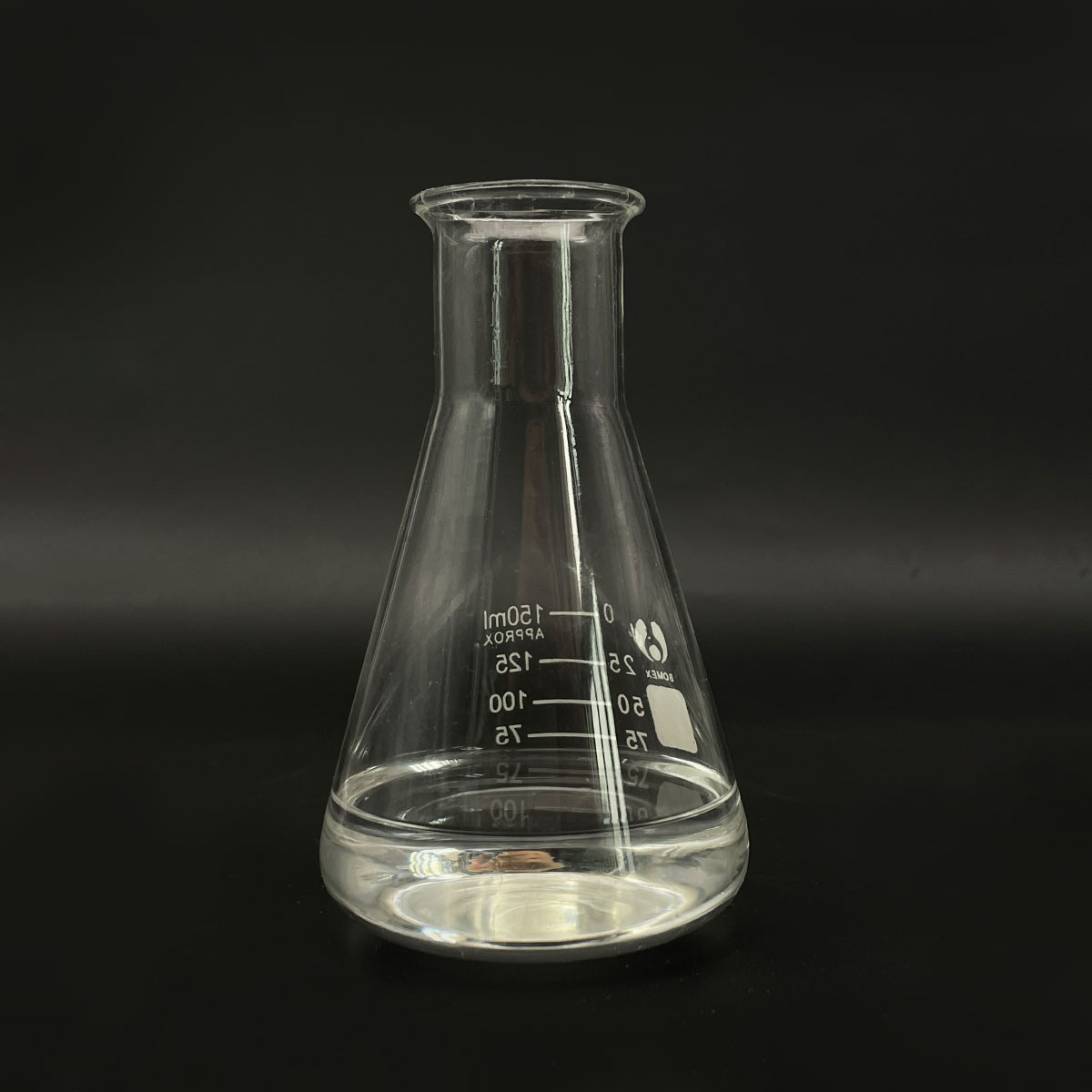**Cracking the Code: What Lung Test Reveals If a Baby’s Lungs Are Ready for Birth?**
(Which Pulmonary Surfactant Ratio Confirms The Maturity Of The Infant’S Lungs?)
When a baby is on the way, one big question doctors want to answer is simple: are the lungs ready? Lungs are the last major organs to mature before birth. If a baby arrives too early, breathing can become a life-or-death challenge. So how do doctors figure out if those tiny lungs are prepared? The answer lies in something called pulmonary surfactant—and a key ratio that acts like a biological green light.
Let’s break this down. Pulmonary surfactant is a mix of fats and proteins made in the lungs. Think of it like a natural lubricant. Without enough of it, the air sacs in the lungs stick together, making it hard to breathe. This is why premature babies often struggle with respiratory distress syndrome (RDS). The surfactant keeps the lungs slippery, so they can inflate and deflate smoothly. But how do doctors measure if there’s enough of this stuff?
Enter the **lecithin/sphingomyelin (L/S) ratio**. This mouthful of a term is actually pretty straightforward. Lecithin and sphingomyelin are two types of fat found in surfactant. Early in pregnancy, their levels are about the same. But around week 35, lecithin production spikes. When there’s twice as much lecithin as sphingomyelin (an L/S ratio of 2:1 or higher), it signals the lungs are mature. Doctors test this ratio using amniotic fluid collected during amniocentesis.
But why does this ratio matter? Picture a kitchen with two cooks. One starts slow but eventually makes way more pancakes than the other. If the pancake-heavy cook (lecithin) outpaces the other (sphingomyelin), you know breakfast is ready. Similarly, a higher L/S ratio means the lungs have enough surfactant to handle breathing air.
Now, here’s the twist. The L/S ratio isn’t the only test. Another marker called phosphatidylglycerol (PG) also plays a role. PG shows up later in pregnancy and adds extra confidence to the results. If both the L/S ratio hits 2:1 and PG is present, doctors can almost certainly say the lungs are good to go. There’s also a newer method called the TDx fetal lung maturity test, which uses light to measure surfactant in amniotic fluid. It’s quicker but less common.
You might wonder—how accurate are these tests? Most of the time, they’re reliable. But things like blood or meconium (a baby’s first poop) in the amniotic fluid can mess with the results. Maternal diabetes or infections might also throw off the numbers. That’s why doctors never rely on just one test. They look at the whole picture: the mother’s health, ultrasound scans, and how far along the pregnancy is.
What happens if the lungs aren’t mature? If early delivery is unavoidable, steroids can speed up lung development. These drugs boost surfactant production, giving the baby a better shot at breathing on their own. For babies born too soon, synthetic surfactant can be given directly into the lungs. It’s like adding oil to a squeaky hinge—everything works smoother.
(Which Pulmonary Surfactant Ratio Confirms The Maturity Of The Infant’S Lungs?)
Science has come a long way in decoding lung maturity. What used to be a guessing game is now backed by solid numbers. The L/S ratio isn’t just a lab value—it’s a tiny window into a baby’s readiness for the world. And while no test is perfect, this one gets pretty close. Next time you hear about a premature baby, remember: behind those first breaths is a world of biology, a few clever tests, and a lot of hope.
Inquiry us
if you want to want to know more, please feel free to contact us. (nanotrun@yahoo.com)




